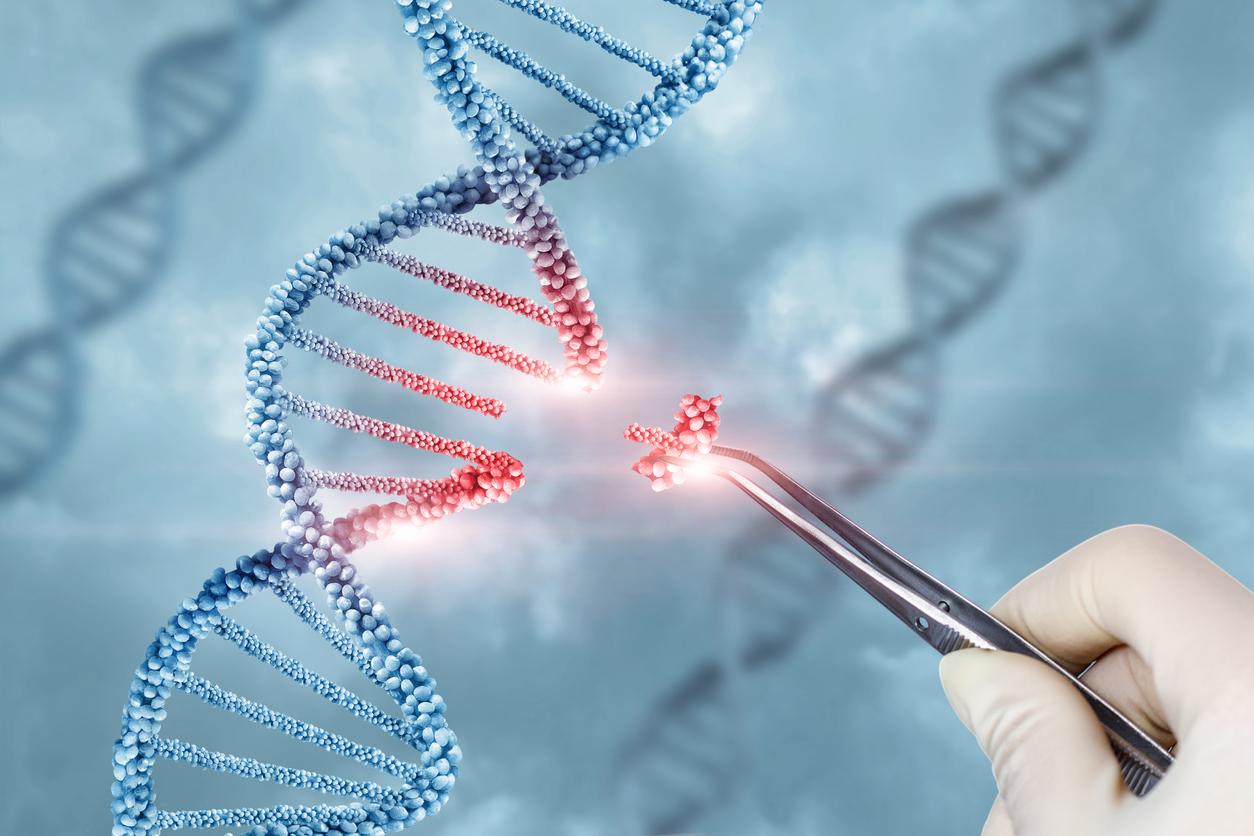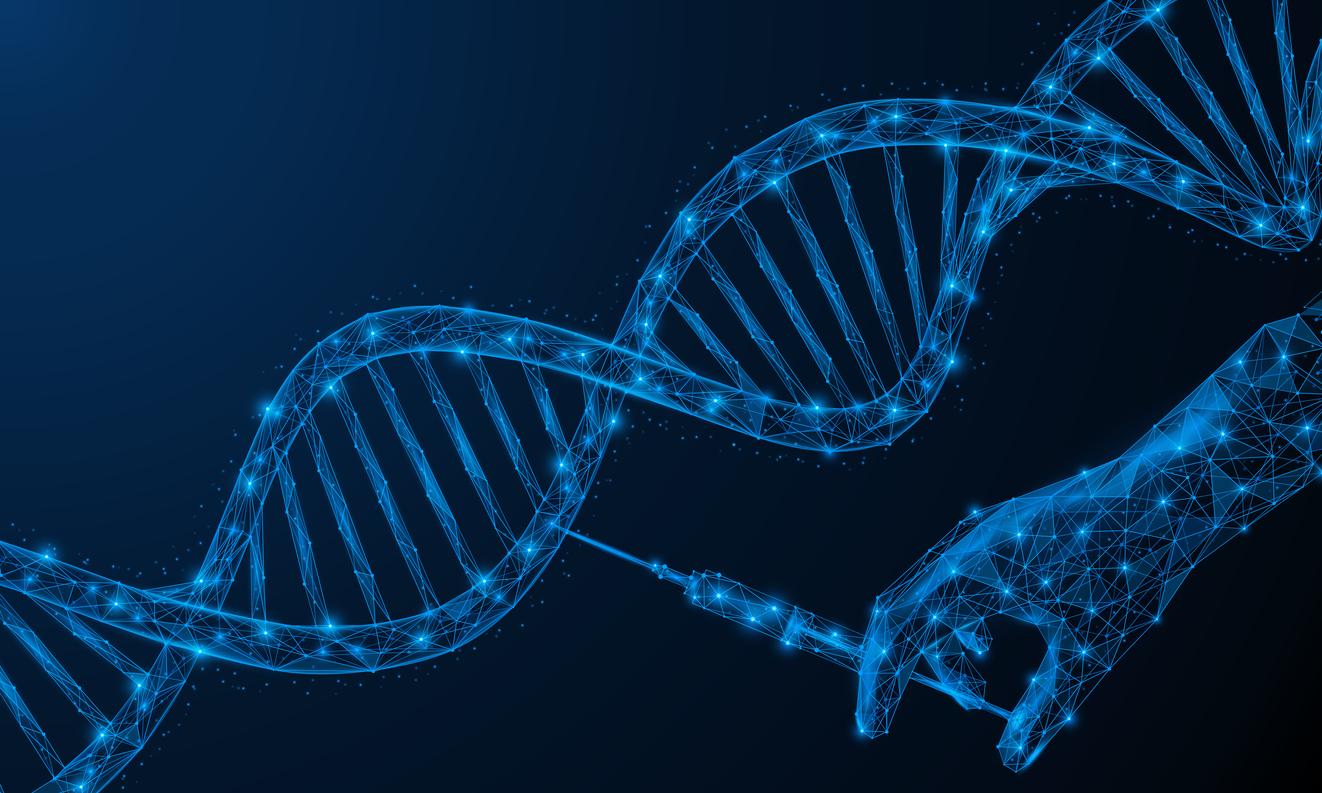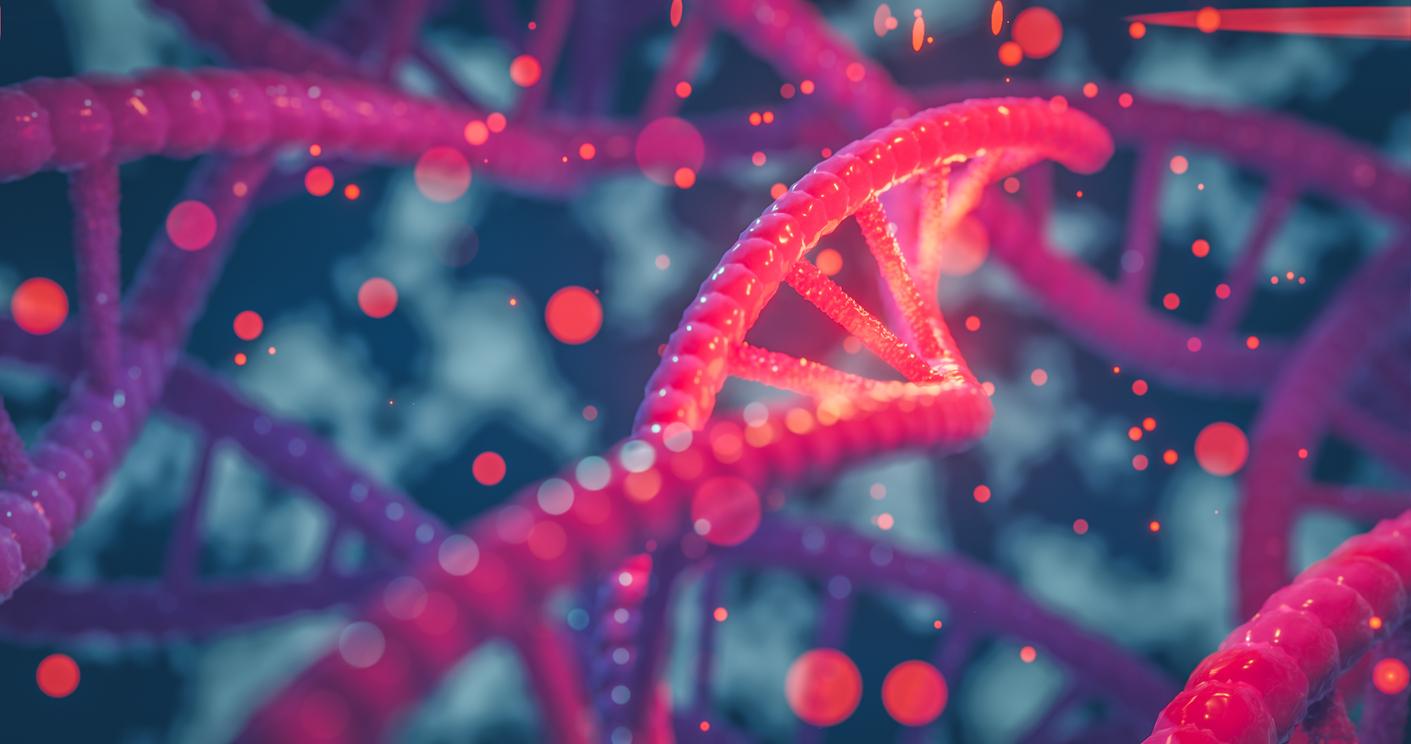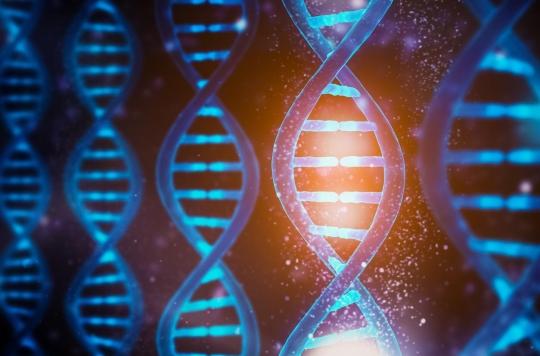Scientific breakthrough! The CRISPR technique is based on the association of an RNA strand and an enzyme, once brought together, they work like a pair of scissors and allow a gene to be replaced, cut or inactivated. American researchers have succeeded in preventing the progression of muscular dystrophy in dogs with Duchenne muscular dystrophy using this method. The next step is man.

2,500 people in France have Duchenne muscular dystrophy according to Inserm. This genetic disease causes progressive degeneration of the muscles and eventually difficulty breathing and a decrease in heartbeat.
The treatments offered to patients today only make it possible to act on the symptoms but nothing can cure them. American researchers from UT Southwestern Medical Center successfully used the CRISPR technique to reduce the progression of muscular dystrophy in a test in a dog, a large mammal. It is a scientific breakthrough that opens the door to this technique in humans.
Almost normal dystrophin thresholds
Duchenne muscular dystrophy is linked to a genetic mutation that disrupts the production of “dystrophin”, a protein necessary for muscle function.
American scientists have used what is known as “molecular scissors”: the CRISPR technique, which makes it possible to modify a precise sequence of DNA. This method restored the level of dystrophin in the muscles to 92% of its normal amount.
Increase life expectancy
“Children with Duchenne muscular dystrophy often die because their hearts no longer have the strength to pump or because their diaphragm becomes too fragile to be able to breathe. This encouraging level of dystrophin could prevent this from happening,” details Eric Olson, director of the Center for Medicine and Regenerative Science at UT Southwestern’s Medical Center.
The progression of Duchenne muscular dystrophy is rapid:Children experience the first symptoms between the ages of 3 and 5, in adolescence most of them are in wheelchairs, around 20, they need assistance, and their age of death is early, on average between 30 and 40 years.
99.9% of patients are boys
Researchers need to continue their trials to ensure that dystrophin levels remain stable over time and that the technique does not cause side effects.
In any case, this research represents hope for patients awaiting treatment. Duchenne’s disease affects 99.9% of boys, because the gene responsible for the disease is located on the X chromosome. Each year in France, between 150 and 200 new cases are detected.
.
















